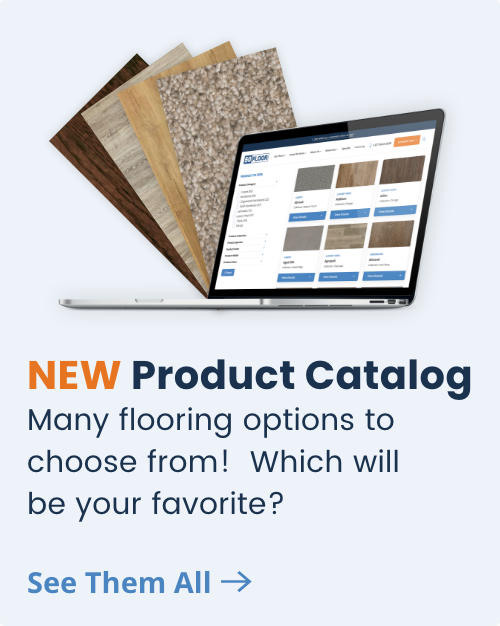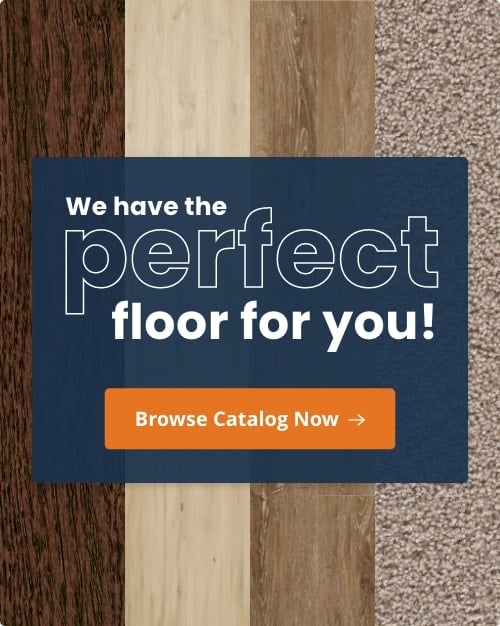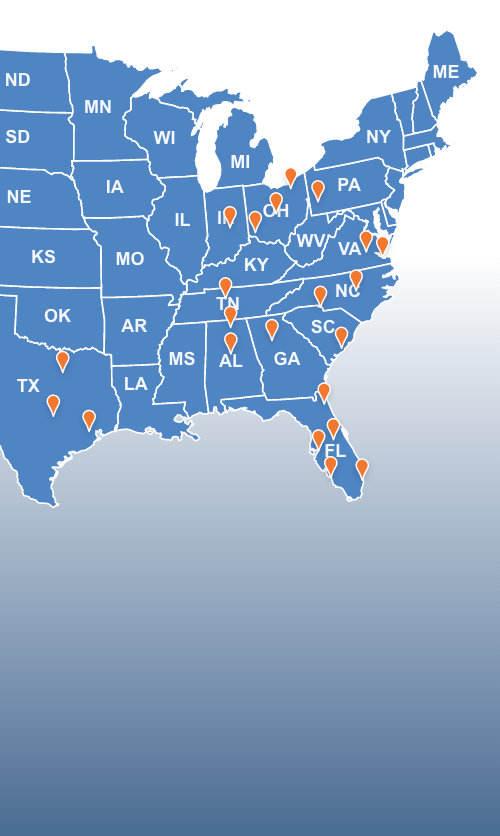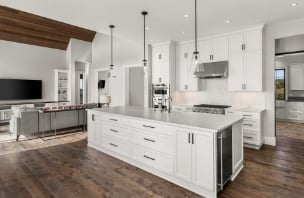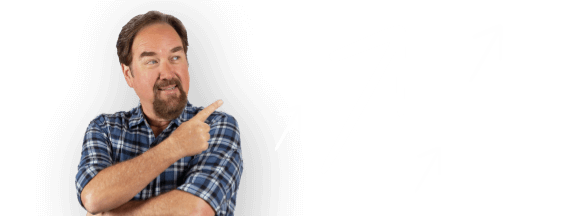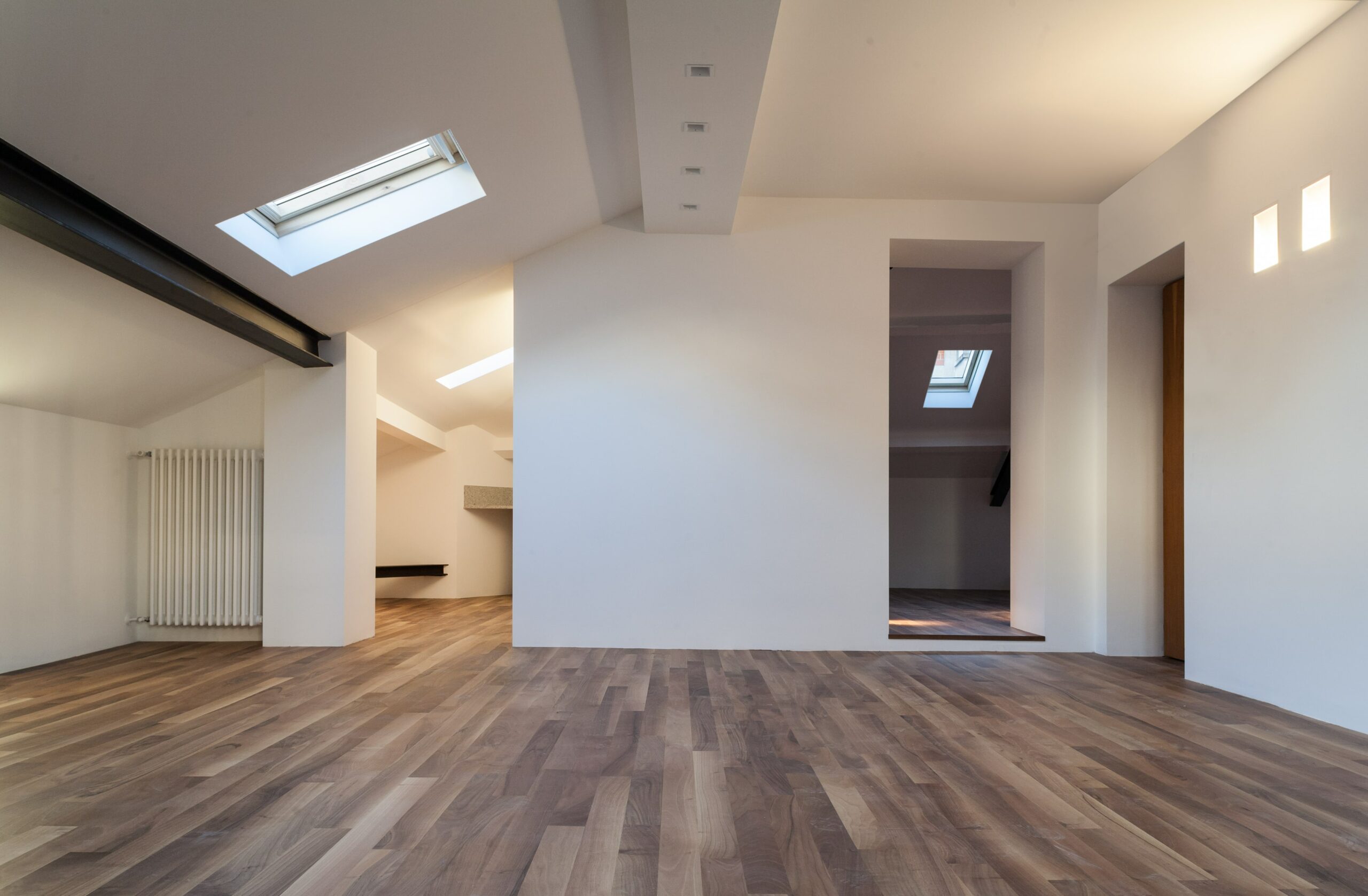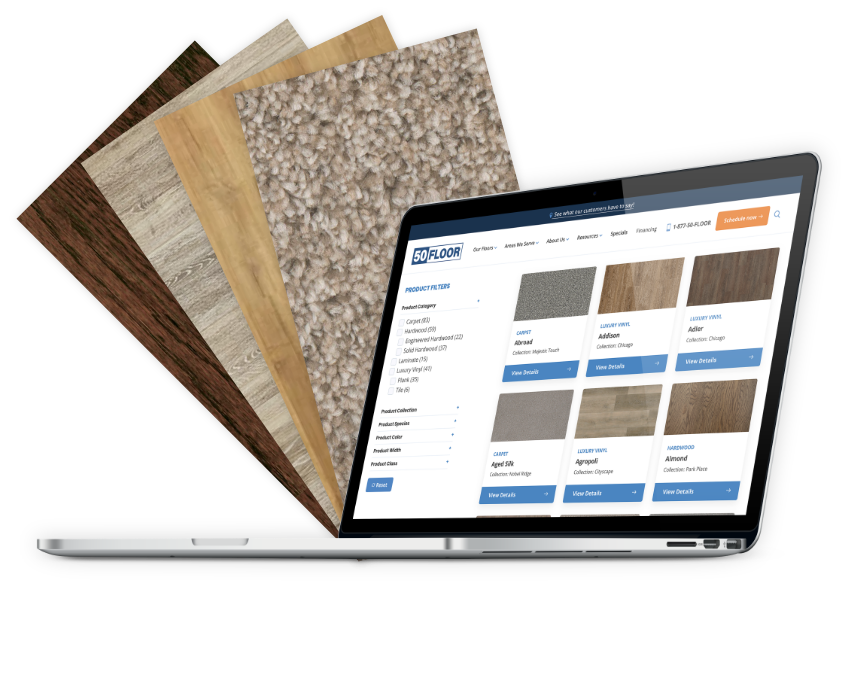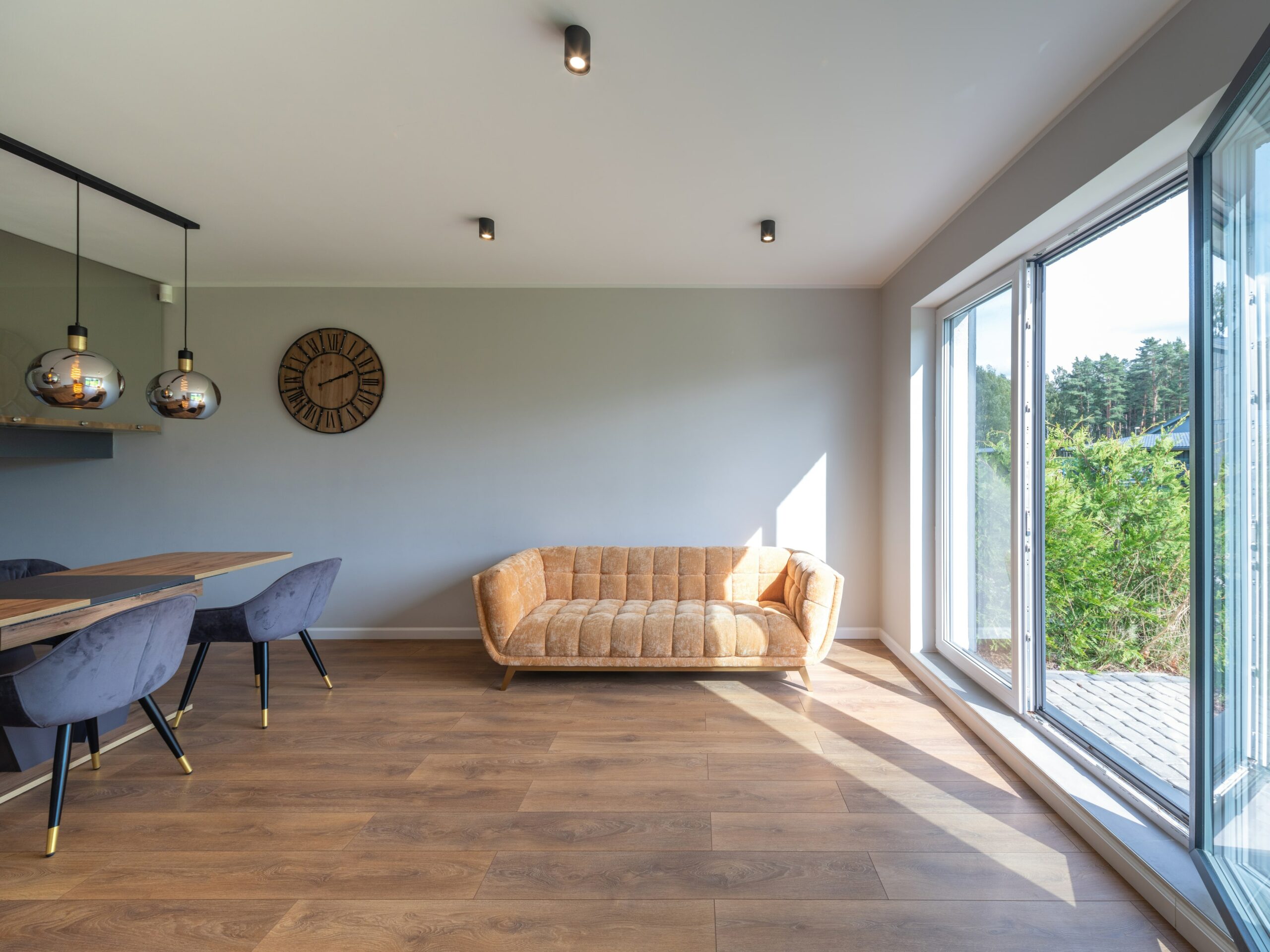Engineered hardwood is a top choice for homeowners looking for the beauty of wood with added durability and stability.
Choosing the right thickness is an essential part of the selection process. The thickness affects not only the floor’s appearance but also its performance and longevity.
At 50Floor, we’re here to help you understand the process of choosing the right thickness so you can feel confident in your decision.
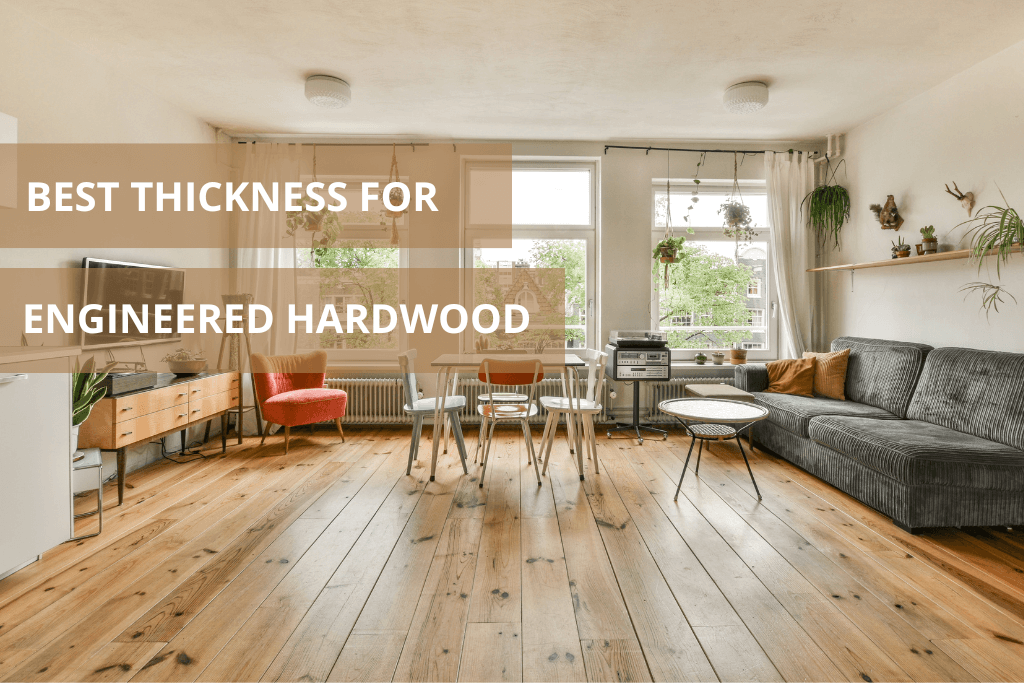

Why Thickness Matters for Engineered Hardwood
The thickness of engineered hardwood plays a role in its feel, durability, and ability to withstand foot traffic over time. Engineered hardwood consists of multiple layers: a hardwood veneer on top, a plywood or fiberboard core, and a backing layer.
The thickness of the board and wear layer (i.e., the hardwood veneer) influences the durability and maintenance requirements.
Thicker boards have a more solid feel underfoot and can be refinished more times than thinner boards, making them ideal for areas with higher foot traffic.
However, thinner boards can be suitable for specific installations, such as those in areas with height restrictions or those over concrete.
Types of Thickness in Engineered Hardwood
Engineered hardwood comes in thicknesses ranging from ⅜-inch to ¾-inch. There are two main components to consider:
- Overall Board Thickness: This is the total thickness of the plank—usually ⅜ inches, ½ inches, or ¾ inches.
- Wear Layer Thickness: The wear layer (top hardwood veneer) ranges from 1mm to 4mm or more. Thicker wear layers allow for more refinishing options.
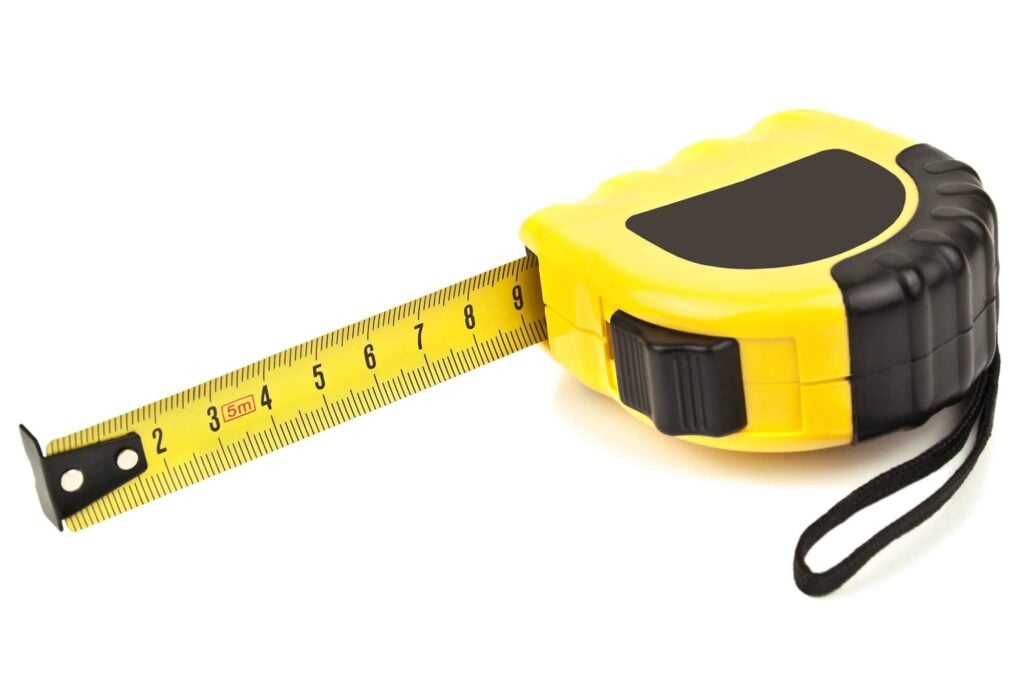

Let’s explore these options in more detail to help you decide what’s best for your home.
⅜-Inch Engineered Hardwood
If you’re looking for a more budget-friendly option, ⅜-inch engineered hardwood could be the answer.
This thinner board is durable enough for residential spaces, though it may not offer the same longevity as thicker boards. It’s a great choice for areas where you want the look of hardwood but don’t need heavy-duty durability.
- Best For: Low- to moderate-traffic areas, such as bedrooms and guest rooms.
- Benefits: More affordable than thicker options and easy to install, especially over concrete.
- Considerations: Limited refinishing options, as the wear layer is typically thinner on ⅜-inch boards.
Overall, choosing ⅜-inch engineered hardwood provides a beautiful wood appearance at a lower cost.
½-Inch Engineered Hardwood
The ½-inch thickness is a middle-ground option that provides a good balance of durability and affordability. This thickness is more versatile, with a stronger core that helps it stand up to everyday use, making it suitable for many areas in your home.
- Best For: Living rooms, dining areas, and hallways that see moderate traffic.
- Benefits: Greater durability and typically a thicker wear layer, allowing for occasional refinishing.
- Considerations: Slightly more expensive than ⅜-inch options. But the added durability makes it a worthwhile investment.
This thickness provides solid durability and can be refinished 1-2 times, helping it maintain its beauty for years.
⅝-Inch Engineered Hardwood
For a more robust feel underfoot, ⅝-inch engineered hardwood offers a thicker wear layer and core. It’s ideal for areas where you want durability and the possibility of refinishing—suitable for higher-traffic rooms.
- Best For: Busier areas of the home, such as family rooms and kitchens.
- Benefits: These boards have added stability and a substantial feel. With a thicker wear layer, they allow for multiple refinishing sessions.
- Considerations: Higher initial cost, though the added durability and extended lifespan can make it more cost-effective over time.
The ⅝-inch thickness provides a sturdy and comfortable surface, making it an excellent choice for main living spaces.
¾-inch Engineered Hardwood
If longevity and durability are your top priorities, consider ¾-inch engineered hardwood.
This thickness gives the flooring a similar feel to solid hardwood while retaining the stability of engineered wood. It’s ideal for homeowners who want a hardwood look in busy areas and prefer a floor that can be refinished multiple times.
- Best For: High-traffic areas like entryways, kitchens, and frequently used living spaces.
- Benefits: It offers the greatest stability, can be refinished multiple times, and provides a solid feel similar to solid hardwood.
- Considerations: It tends to be more expensive upfront, but the added durability and refinishing options make it a long-term investment.
This thickness is ideal for homeowners who want a premium feel and maximum durability.
Importance of the Wear Layer in Engineered Hardwood
When considering the thickness of engineered hardwood, the wear layer deserves special attention.
The wear layer is the top hardwood veneer that’s visible and gives you the look of real wood. The thicker the wear layer, the more times the floor can be refinished, extending its lifespan.
- 1-2mm Wear Layer: Suitable for lower-traffic areas where refinishing isn’t necessary. Ideal for guest rooms or areas with light use.
- 3mm Wear Layer: This is a versatile choice for most rooms, offering the option to refinish the floor once or twice over its life.
- 4mm or More: Allows for multiple refinishes. It is best for high-traffic areas or for homeowners looking for a long-lasting investment.
The thickness of the wear layer affects how often you can refresh the look of your floor, so choose based on how much wear and tear you expect.
The Role of the Core Layer in Stability and Moisture Resistance
While the wear layer is essential for aesthetics and longevity, the core layer influences the floor’s stability and moisture resistance.
Engineered hardwood cores are usually made of plywood or high-density fiberboard (HDF). Each core has its benefits.
- Plywood Core: Resists movement caused by moisture. It’s best for humid areas.
- HDF Core: Denser and provides a solid feel, though it may not perform as well in fluctuating humidity. HDF is a good choice for dry areas or homes with stable indoor conditions.
Choosing the Right Thickness for Different Areas in Your Home
When selecting engineered hardwood, consider each room’s specific needs. Different thicknesses offer advantages depending on traffic levels, climate, and the room’s purpose.
- Bedrooms and Low-Traffic Areas: Thinner options, such as ⅜ inch, work well for areas where durability isn’t a major concern.
- Living Rooms and Moderate-Traffic Areas: Go for ½ inch or ⅝ inch for areas that see regular use. These thicknesses balance comfort and durability.
- Entryways, Kitchens, and High-Traffic Areas: Choose ¾ inch for the best durability and ability to refinish multiple times.
Each room’s needs vary, so matching the thickness to the area’s primary use ensures you’ll enjoy both appearance and performance.
